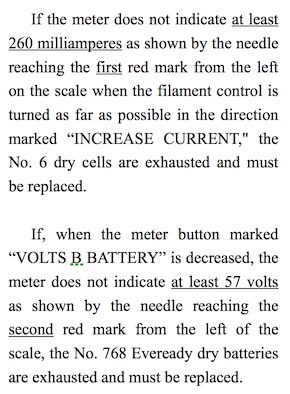 I’ve got some good news and I’ve got some bad news
I’ve got some good news and I’ve got some bad news
BPPV (Benign Paroxysmal Positional Vertigo) is the most common and most treatable cause of episodic dizziness and vertigo. Various studies suggest that BPPV is the source of the complaint in approximately one quarter of all dizzy patients, and accounts for approximately half of all vestibular disorders.
As a result, more practitioners have become familiar with effective treatment options for BPPV such as canalith repositioning, and there are literally hundreds of YouTube videos with instructions on home treatments for various forms of BPPV.
This is quite a swing of the pendulum compared to the skepticism first encountered by Dr. John Epley. When I first started doing repositioning in the early nineties, I was one of just a handful in the southeast. It was obvious then that BPPV was very common, and repositioning was very easy, safe and effective.
I knew then that it was only a matter of time before, despite early skepticism and criticism, it became more widely accepted and available.
Clinical Management of BPPV
In 2008, I had the opportunity to participate in the development of the first clinical practice guideline for BPPV. In addition to other issues, I hoped that the guidelines would get across the following basic principles:
- Diagnosing and treating BPPV does not require any special equipment, but it does require knowledge and experience.
- BPPV cannot and should not be ruled out based on a negative Dix-Hallpike test.
- A Dix-Hallpike test should be performed if BPPV is suspected. History alone is insufficient to make the diagnosis.
- Vestibular suppressant medications and imaging are generally not helpful in the diagnosis and treatment of BPPV.
- Canalith repositioning is the recommended treatment for BPPV.
So, if we check in 12 years later on the current status of BPPV management, how are we doing on the list above?
- The good news is that there is someone in nearly every medical community in the country that has the knowledge to diagnose and treat BPPV effectively. Physical Therapy and Audiology are likely the primary providers, but tracking this is difficult as Medicare does not pay audiologists for Canalith Repositioning (so it is likely under reported).
- Prior to the statement in the 2008 BPPV Guideline, there was very little discussion about the sensitivity of the Dix-Hallpike test. It had long been considered to be highly specific. I discussed this in a 2016 blog on this site. It is now generally accepted by specialists that, if the history is consistent with BPPV and the rest of the exam is normal, a diagnosis of probable BPPV is reasonable. I have learned from our ENT residents that in their general medical training, many are still being told that a negative Dix-Hallpike rules out BPPV.
- Unfortunately, in the Primary Care and Emergency Department (ED) setting, Dix-Hallpike testing for suspected BPPV is still not the norm. Only about 4% of patients complaining of dizziness, and only one in four diagnosed with BPPV in the ED undergo Dix-Hallpike testing. In Primary care, the majority of patients diagnosed with BPPV are done by history rather than positional testing.
- There has been a significant reduction in the use of vestibular suppressant medication and the use of imaging for the complaints of dizziness and vertigo in primary care. Vestibular suppressants such as meclizine can play a role in controlling nausea so that canalith repositioning procedures can be completed. There is still overutilization of imaging in patients presenting with dizziness to the emergency department. A recent study shows 42% of patients diagnosed with BPPV underwent imaging as part of their ED exam.
- Canalith repositioning, rightfully so, has gained in popularity over the years. The Epley maneuver is the most popular, but alternatives like the Semont maneuver or the half somersault are also effective.
Looking back, I am happy to say that there has been some positive progress following the release of the BPPV Clinical Practice guideline in 2008, but there is room to improve. Particularly, we need to see an increase in the utilization of and understanding of the Dix-Hallpike test in primary care and the ED.
There has been one negative consequence of the guideline. Since the document states that BPPV can be diagnosed without the benefit of vestibular function testing, some insurance carriers are denying payment for vestibular function testing for the diagnosis of BPPV. Since failure to perform the Dix-Hallpike in appropriate patients is the biggest failure of compliance with the guideline, and Dix-Hallpike testing is part of vestibular function testing, this decision seems short sighted.






